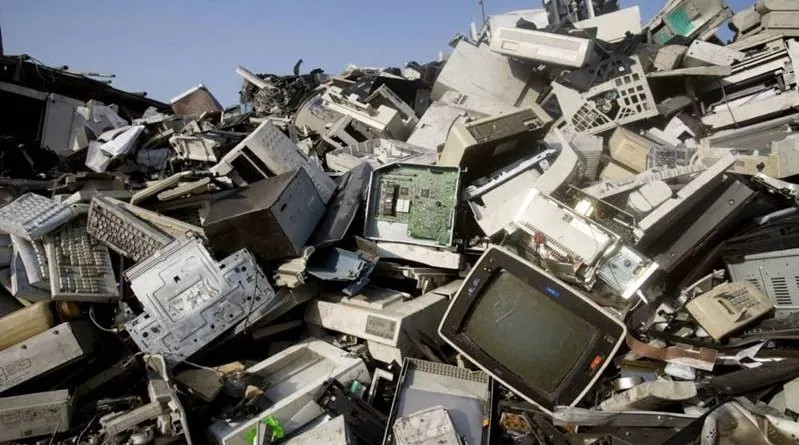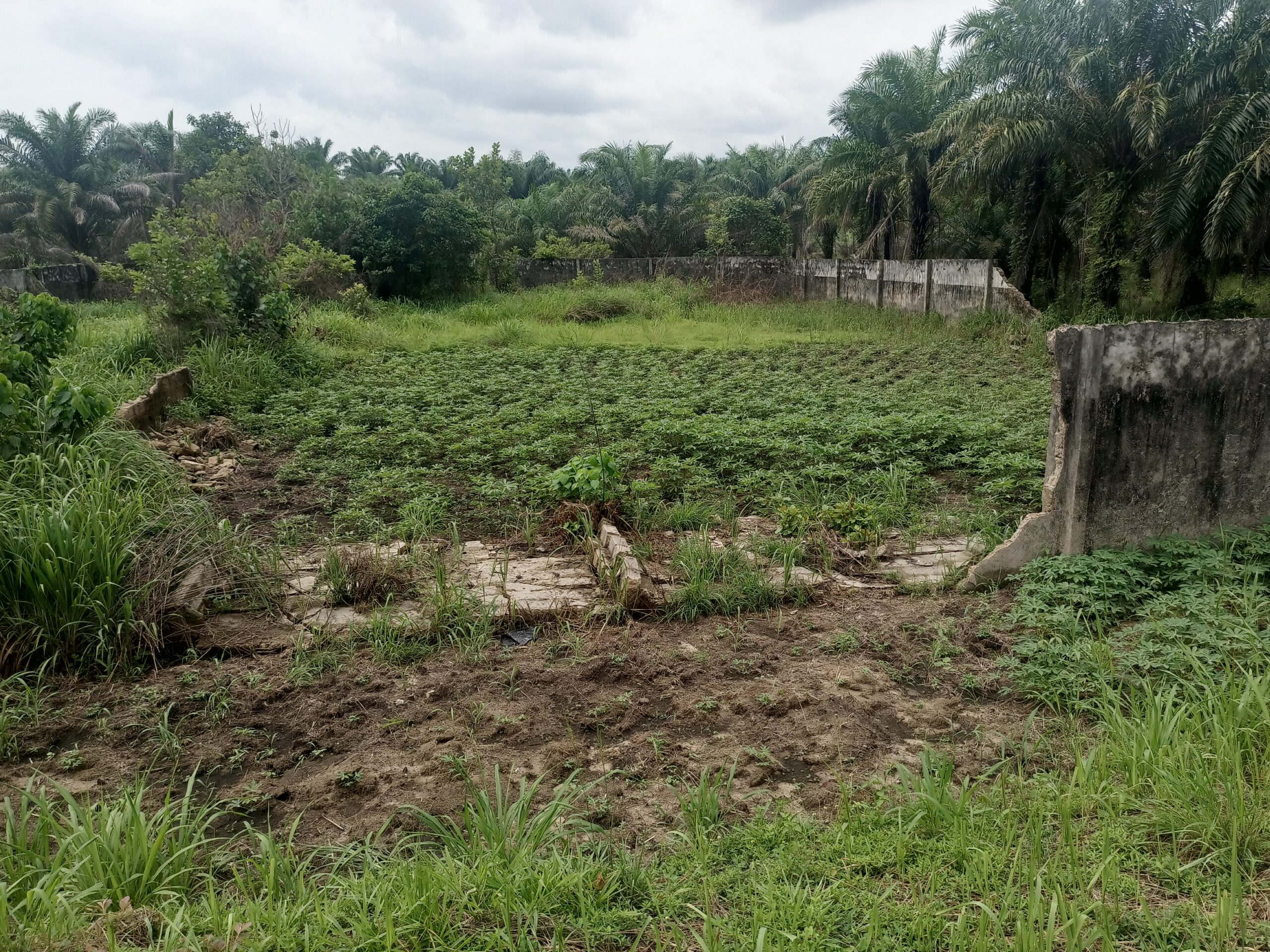The volume of electronic waste, commonly known as e-waste, is surging globally, with the United Nations warning that recycling rates are set to drop further.
E-waste refers to discarded electronic devices powered by batteries or plugs, including mobile phones, televisions, laptops, e-cigarettes, and solar panels. However, it does not include waste from electric vehicles.
A 2022 report by the United Nations Institute for Training and Research (UNITAR) and the International Telecommunications Union (ITU) estimated that global e-waste reached 62 million tonnes, enough to fill tractor-trailers parked bumper to bumper around the world. By 2030, this figure is projected to escalate to 82 million tonnes.
The report revealed that nearly half of e-waste is composed of metals such as copper, gold, and iron, valued at approximately $91 billion. Plastics account for 17 million tonnes, while the remaining 14 million tonnes include composite materials and glass.
Despite the immense value of e-waste, only 22% was properly collected and recycled in 2022, with projections suggesting a decline to 20% by 2030. Experts attribute this drop to rising consumption, limited repair options, shorter product lifespans, and inadequate recycling infrastructure.
The report underscores the urgent need for global cooperation and stronger policies to tackle the e-waste crisis and mitigate its environmental and health impacts.
Many discarded electronics contain hazardous elements such as mercury and rare earth metals, critical materials for modern technology. However, only 1% of the demand for the 17 rare metals used in electronic manufacturing is currently met through recycling.
Africa Lags Behind in E-Waste Recycling
Asia, the world’s largest e-waste producer, accounts for nearly half of the global total but lacks comprehensive recycling laws, leading to minimal recycling efforts.
In contrast, Europe has the highest e-waste collection and recycling rates, exceeding 40%, despite generating 18 kilograms (39 pounds) of e-waste per person annually.
Africa, the region with the lowest e-waste generation, recycles only 1% of its electronic waste, leaving the continent vulnerable to environmental hazards caused by improper disposal.
Speaking on the dangers of unchecked e-waste, Cosmas Luckyson Zavazava, head of the ITU Telecommunication Development Bureau, warned that the problem is only going to grow. He emphasised the urgent need for stronger regulations, noting that less than half of the world’s countries have effective e-waste management policies.
In developing nations, informal e-waste scavengers sift through landfills to extract valuable components, often at great risk to their health.
At Nairobi’s Dandora dumpsite, scavenger Steve Okoth described the toxic working conditions. “When the e-waste comes here, it contains some powder which affects my health,” he said, noting the respiratory problems caused by the toxic fumes released from burning devices.
Experts warn that improper disposal poses long-term environmental threats, contaminating soil and water with hazardous chemicals. George Masila, an e-waste specialist, explained: “Every year it rains, and water flows, carrying these toxic elements into the environment.”
Calls for Safer E-Waste Management in Africa
While some organisations are providing safer recycling alternatives, challenges persist. The Waste Electrical and Electronic Equipment (WEEE) Center in Nairobi offers proper disposal services, with its Chief Operating Officer, Catherine Wasolia, explaining their process of inventorying, data wiping, and testing devices for reuse.
Experts are calling for better training and protective equipment for informal e-waste workers. Ruediger Kuehr, Senior Manager of UNITAR’s Sustainable Cycles Program, urged governments and organisations to support safer and more sustainable recycling initiatives.
According to e-waste monitor, the world is facing an escalating electronic waste (e-waste) crisis, with the latest United Nations report revealing that e-waste generation is increasing five times faster than recycling efforts. In 2022, a record 62 million tonnes of e-waste were produced globally, marking an 82% rise since 2010. Projections indicate this figure will reach 82 million tonnes by 2030.
Despite the substantial value of recoverable materials—estimated at $62 billion—only 22.3% of e-waste was formally collected and recycled in 2022. This shortfall results in significant environmental hazards, as e-waste contains toxic substances like mercury that can harm human health and ecosystems.
While Africa generates less e-waste than other continents, it faces considerable challenges in managing e-waste. The continent’s recycling rate remains below 1%, highlighting the urgent need for improved infrastructure and policies to address the growing problem.
By Dare Akogun





